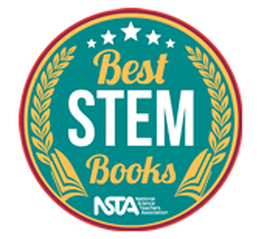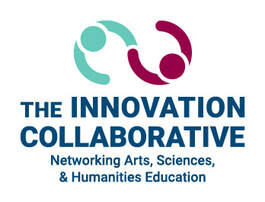 Children learn best when they are exploring authentic problems that are relevant to them and their communities. But today, children have less freedom to explore. Those children who come from restricted environments have even less opportunities for rich, exploratory experiences than others. So teachers often rely on literature to introduce new contexts and new worlds in which children can reason. Integrating literature and the STEM fields is an easy leap for most instructors. For 45 years, the National Science Teachers Association (NSTA) and the Children’s Book Council have worked together to identify the most Outstanding Science Trade Books for young scientists. But in the past few years, new questions have emerged. Science, Technology, Engineering and Mathematics are subjects in themselves. But STEM is more than that: it is a creative state of mind. STEM is naturally integrated, and includes arts, social studies and any other realm in which young learners can ask questions and solve problems. So in 2016 NSTA convened a panel of representatives from technology, engineering, mathematics and science educators to redefine what the Best STEM books might represent. Their conclusion: Subject matter content didn’t really matter. What was important was creativity, divergent thinking and the spirit of invention. STEM thinking might involve science or mathematics, but it might equally involve social studies or the arts. A year of discussions resulted in a rubric, and an invitation to publishers. “Send us your “BEST STEM books that illustrate innovation so that we can encourage this sort of integration.” The result: about 350 submissions to a panel of representatives from five associations. The panel identified 21 books that illustrated how creativity and ingenuity could work. The list included books about inventors, artists and architects and stories about stubborn young “makers” and a crafty pirate with a plan. To see that list, click here. In 2017, 22 books were selected from over 330. They included music, architecture, art, and even coding skills without words or computers – all representing the best in integration. See them here.
0 Comments
Your comment will be posted after it is approved.
Leave a Reply. |
